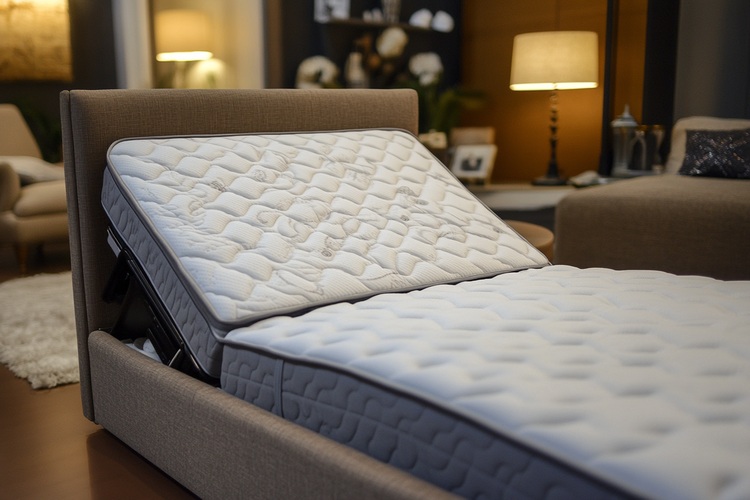Comprehensive Guide to Effective Bed Bug Treatment Methods and Prevention
Bed bug infestations present significant challenges for homeowners and property managers, requiring comprehensive understanding and targeted approaches for successful elimination. These resilient pests can survive in various environments and reproduce quickly, making professional intervention often necessary. This guide explores evidence-based methods for identifying, treating, and preventing bed bug infestations while addressing common misconceptions about their control.

Identifying Bed Bug Infestations: Signs and Symptoms
Recognizing bed bug presence early is crucial for effective treatment. Key indicators include small rust-colored stains on mattresses or furniture, caused by crushed bugs or their excrement. Live bed bugs appear as small, reddish-brown, oval-shaped insects approximately 4-5mm in length. Other signs include tiny white eggs, shed skins, and a sweet, musty odor in heavily infested areas. Residents may also notice itchy welts on their skin, typically appearing in straight lines or clusters.
Understanding Different Bed Bug Treatment Options
Professional bed bug treatment typically involves multiple approaches working in concert. Heat treatment, reaching temperatures of 120-140°F (48.8-60°C), effectively kills bed bugs at all life stages. Chemical treatments utilize EPA-registered pesticides specifically formulated for bed bug control. Integrated Pest Management (IPM) combines these methods with environmental modifications and monitoring to achieve optimal results.
Preventive Measures to Keep Bed Bugs at Bay
Prevention requires vigilance and systematic approaches. When traveling, inspect hotel rooms thoroughly, keeping luggage elevated and away from beds and upholstered furniture. At home, use mattress encasements designed to prevent bed bug infiltration. Regular inspection of bedding, furniture, and potential entry points helps detect issues early. Reducing clutter and vacuuming frequently can limit potential hiding spots.
Common Misconceptions About Bed Bugs and Their Treatment
Contrary to popular belief, bed bugs do not indicate poor hygiene - they can infest any environment regardless of cleanliness. DIY treatments alone rarely solve infestations completely, as bed bugs can survive several months without feeding and hide in tiny cracks and crevices. Additionally, bed bugs can be found in various settings beyond beds, including offices, theaters, and public transportation.
Expert Insights on Long-Term Bed Bug Control Strategies
Professional pest management experts emphasize the importance of comprehensive treatment plans. Successful long-term control requires thorough inspection, proper identification, and targeted treatment applications. Regular monitoring after initial treatment helps prevent re-infestation, while documentation of all control measures ensures consistent management approaches.
Treatment Costs and Professional Services
| Service Type | Average Cost Range | Duration |
|---|---|---|
| Heat Treatment | $1,000 - $2,500 | 1 day |
| Chemical Treatment | $200 - $400 per room | 2-3 visits |
| Integrated Treatment | $2,000 - $4,000 | 2-4 weeks |
Prices, rates, or cost estimates mentioned in this article are based on the latest available information but may change over time. Independent research is advised before making financial decisions.
Successful bed bug management requires a combination of professional expertise, appropriate treatment methods, and ongoing vigilance. While the process can be challenging, understanding the signs, treatment options, and prevention strategies significantly improves the likelihood of effective control. Regular monitoring and prompt professional intervention when needed remain essential components of any bed bug management program.




